Community and Culture

After seeing Tschabalala Self’s work in a group exhibition curated by Jamillah James at Art + Practice in Los Angeles in 2016, I couldn’t get her images out of my head. At once irreverent and tenderly poignant, her approach struck me as formally inventive, but more importantly, politically imperative. In celebrating the black female body, she acknowledges the fraught histories of representation that have largely trafficked in stereotypes and distortion. When I invited Self to do a Hammer Project and she visited the museum, we both quickly gravitated toward doing an iteration of her Bodega Run series in our lobby gallery. Situated at street level, adjacent to our lobby and parking garage, the gallery’s unconventional site and external glass walls made it the perfect space for her lively re-creation of these common commercial spaces. With neon signs on the façade and a colorful interior heralding the gallery, the installation depicts ordinary people, both in the form of her painted and sewn collages and as freestanding sculptures, intensifying the dedication found in her earliest works by portraying poised, confident, and self-possessed people. Self elaborates on her interest in the bodega as an urban gathering place.
Anne Ellegood: What initially drew you to the bodega as a subject for your work?
Tschabalala Self: I was initially drawn to the bodega because I saw it as a neighborhood landmark. The bodega is an institution of sorts that exists in Harlem, and similar neighborhoods like Harlem through the metropolitan Northeast. I was initially attracted to the bodega for its iconographic significance.
この記事は JUXTAPOZ の Summer 2019 版に掲載されています。
7 日間の Magzter GOLD 無料トライアルを開始して、何千もの厳選されたプレミアム ストーリー、9,000 以上の雑誌や新聞にアクセスしてください。
すでに購読者です ? サインイン
この記事は JUXTAPOZ の Summer 2019 版に掲載されています。
7 日間の Magzter GOLD 無料トライアルを開始して、何千もの厳選されたプレミアム ストーリー、9,000 以上の雑誌や新聞にアクセスしてください。
すでに購読者です? サインイン
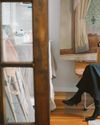
Noelia Towers
Empathy and Enlightenment
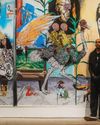
Nehemiah Cisneros
Legend of a Wicked City
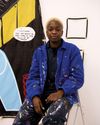
Joy Yamusangie
Primary Colors
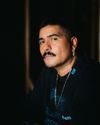
rafa esparza
A Sense of Generosity

Eric Yahnker
The Serious Side of a Joke
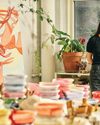
Ivy Haldeman
Notions of Slippage
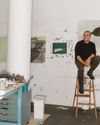
Timothy Lai
Painted Syncopation
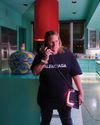
Katherine Bernhardt
Everlasting Butter
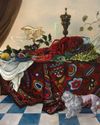
Sabrina Bockler
Conversing From Within

The Burn to Rebirth
Valencia, Spain During Fallas